Planning a campervan rental in New Zealand? Whether you’re an adventurous couple or a family seeking comfort, this guide is packed with essential tips and insider knowledge to make your journey unforgettable. Dive in as we explore everything you need to know for a seamless rental experience.
🚐 Wide Range of Motorhomes & Campervans
Introduction to Motorhomes and Campervans
Exploring New Zealand by road is a dream for many travelers. The freedom of the open road, coupled with the stunning landscapes, makes for an unforgettable adventure. One of the most popular ways to experience this is through a campervan rental in New Zealand. Whether you’re a seasoned traveler or a first-time visitor, understanding the nuances of motorhomes and campervans is key to a successful trip.
Understanding Vehicle Types
Before diving into the rental process, it’s crucial to differentiate between a campervan and a motorhome. A campervan is typically smaller, accommodating two to three people, and may lack amenities like a shower or toilet. However, their compact size makes them ideal for navigating city streets and tight parking spots.
In contrast, motorhomes are larger, often equipped with a full kitchen, toilet, and shower, providing more comfort for families or those planning extended travel. These vehicles are classified as self-contained, allowing for freedom camping in designated areas.
Choosing between a campervan and a motorhome depends on your travel style. If you prefer a more adventurous trip, a campervan might be your best bet. For those seeking comfort and space, especially families, a motorhome offers a home-like experience on wheels.
Major Rental Operators in New Zealand
New Zealand boasts a variety of rental operators, each offering different vehicle types and services. The largest is THL Rentals, featuring brands like Maui, Britz, and Mighty. Vehicles often start their life in the Maui fleet and transition to Britz and Mighty as they age.
Apollo Rentals follows a similar model, with vehicles moving from their premium to budget brands over time. For those seeking independent operators, companies like Wilderness and Juicy Rentals provide quality vehicles and personalized service.
Each operator has its own pricing and service standards, making it essential to compare options and choose one that aligns with your travel needs and budget.
Comparing Rental Options
With so many options available, comparing rental vehicles can be overwhelming. Websites like ThriveNow offer a comprehensive overview, allowing you to filter by location, availability, and vehicle age. All rentals typically include unlimited kilometers and basic amenities.
When comparing, consider factors such as vehicle age, cancellation policies, and additional features. Newer vehicles often come with a higher price tag, but the reliability and comfort they offer can be worth the investment.
Locations, Costs, and Policies
Rental locations are primarily in major cities like Auckland, Christchurch, and Queenstown, with some operators offering depots in smaller towns. One-way rentals are common but may incur additional fees.
Costs vary based on the season, vehicle size, and rental duration. Mid-range campervans cost between 200-300 NZD per day, while luxury motorhomes range from 350-600 NZD. Booking early is advisable, especially during peak seasons, to secure the best rates and availability.
Policies also vary, so it’s crucial to read the rental agreement thoroughly. Look for hidden fees such as gas refills, additional driver charges, and remote location surcharges.
Understanding Rental Costs
Beyond the base rental fee, several additional costs can impact your budget. These include optional camping equipment, baby seats, and gas refills. Some operators charge for waste disposal and extra drivers.
Credit card fees, often ranging from 2-5%, can add up, so consider using a service like Wise for better exchange rates and lower fees. Also, factor in ferry costs between the North and South Islands, which can be significant for larger vehicles.
Insurance is another important consideration. Different operators offer various excess options, and understanding these can save you money and stress in the event of an accident.
Additional Charges to Consider
When planning a campervan rental in New Zealand, it’s crucial to be aware of potential additional charges that could impact your budget. These charges often include optional extras, such as GPS units, camping gear, and Wi-Fi hotspots.
Many rental companies also charge fees for additional drivers. If you plan to share the driving responsibilities, make sure to check if your rental agreement includes this or if it’s an extra cost.
Fuel and gas are other considerations. While the vehicle may come with a full tank, you’ll need to refill it before returning it. Moreover, if your campervan uses LPG gas for cooking or heating, you’ll need to budget for refills.
Common Questions from Renters
Renters often have numerous questions when considering a campervan rental in New Zealand. Here are answers to some of the most common queries:
What is the minimum rental period?
During peak season, many companies require a minimum rental period of ten to fourteen days. This ensures they can manage the high demand efficiently.
Do I need an international driving permit?
If your driver’s license is not in English, you’ll need an international driving permit or an approved translation. This is a legal requirement in New Zealand.
Are there restrictions on where I can drive?
Yes, campervans should stay on sealed roads. Some remote or dangerous roads are off-limits, as outlined in your rental agreement.
Finding Campsites and Overnight Parking
Finding a place to park your campervan overnight is a vital part of your travel planning. New Zealand offers a variety of options, from holiday parks to freedom camping spots.
Holiday parks provide facilities like kitchens and bathrooms, making them a comfortable choice for families. If you’re looking for a more rustic experience, DOC campsites offer basic amenities in stunning natural settings.
Freedom camping is permitted in some areas, but it’s essential to follow local regulations. The Campable app is a great tool for finding spots where you can park on private land.
Best Time to Travel with a Campervan
The best time to travel with a campervan in New Zealand is between October and May. During these months, the weather is mild, and roads are generally clear of snow.
Winter travel is possible but can be challenging, especially in the South Island, where conditions can be cold and icy. Ensure your vehicle is equipped for winter driving if you choose to travel during this time.
Spring and autumn offer a balance of good weather and fewer tourists, making them ideal for those seeking a quieter experience.
Planning Your Itinerary
Creating a well-thought-out itinerary is key to a successful campervan trip in New Zealand. Start by identifying the must-see locations and activities you want to include.
Consider the driving distances between destinations. While New Zealand is relatively small, the roads can be winding and slow-going, especially in mountainous areas.
Allow time for spontaneous detours and unplanned stops. Part of the charm of a campervan trip is the flexibility to explore hidden gems along the way.
Lastly, book your campsites ahead of time during peak season to ensure you have a place to stay each night. This will help you avoid last-minute stress and allow you to enjoy your journey fully.
Additional Travel Resources
To further enhance your trip, here are some valuable resources:
- Download the 100% FREE NZ Travel Planning Sheet here
- Watch our NZ Travel Planning Playlist on YouTube here
- Review our NZ Sample Travel Itineraries on YouTube here
- Check out our NZ Road Trips Playlist for route inspiration here
- Visit key NZ Travel locations on our playlist here
- Explore our NZ Must Do & See Playlist here
Self-drive Road Trips:








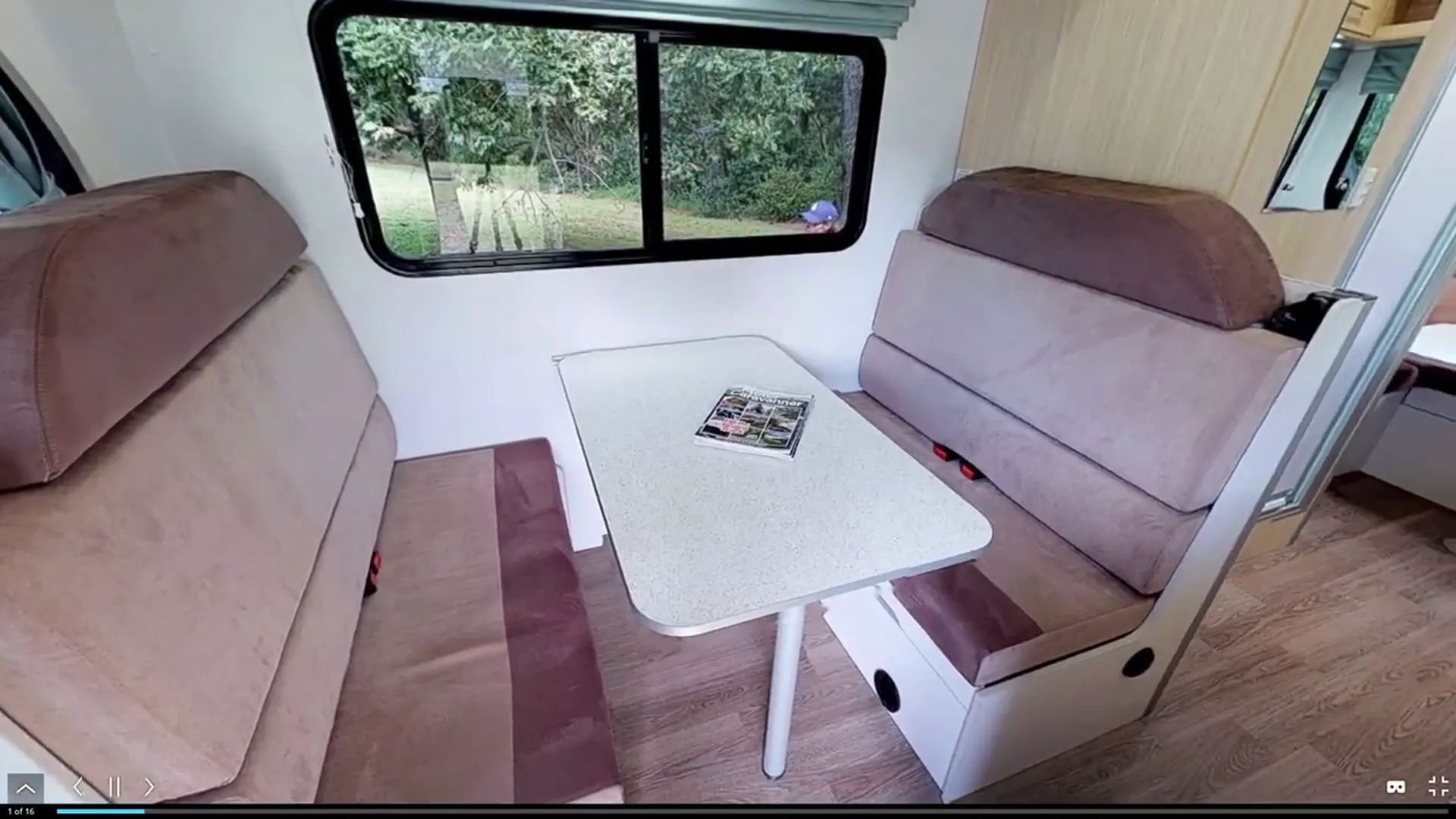

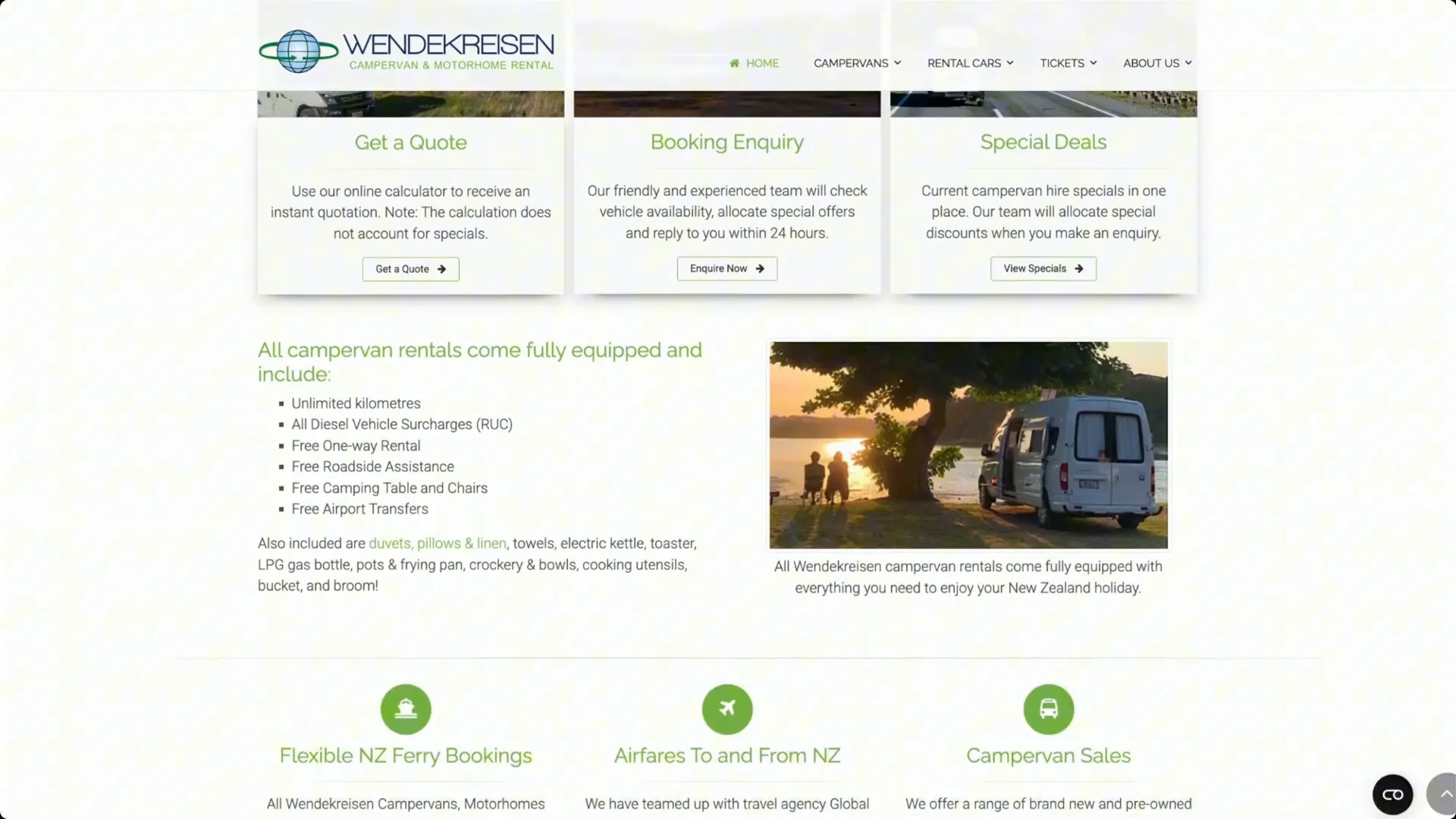
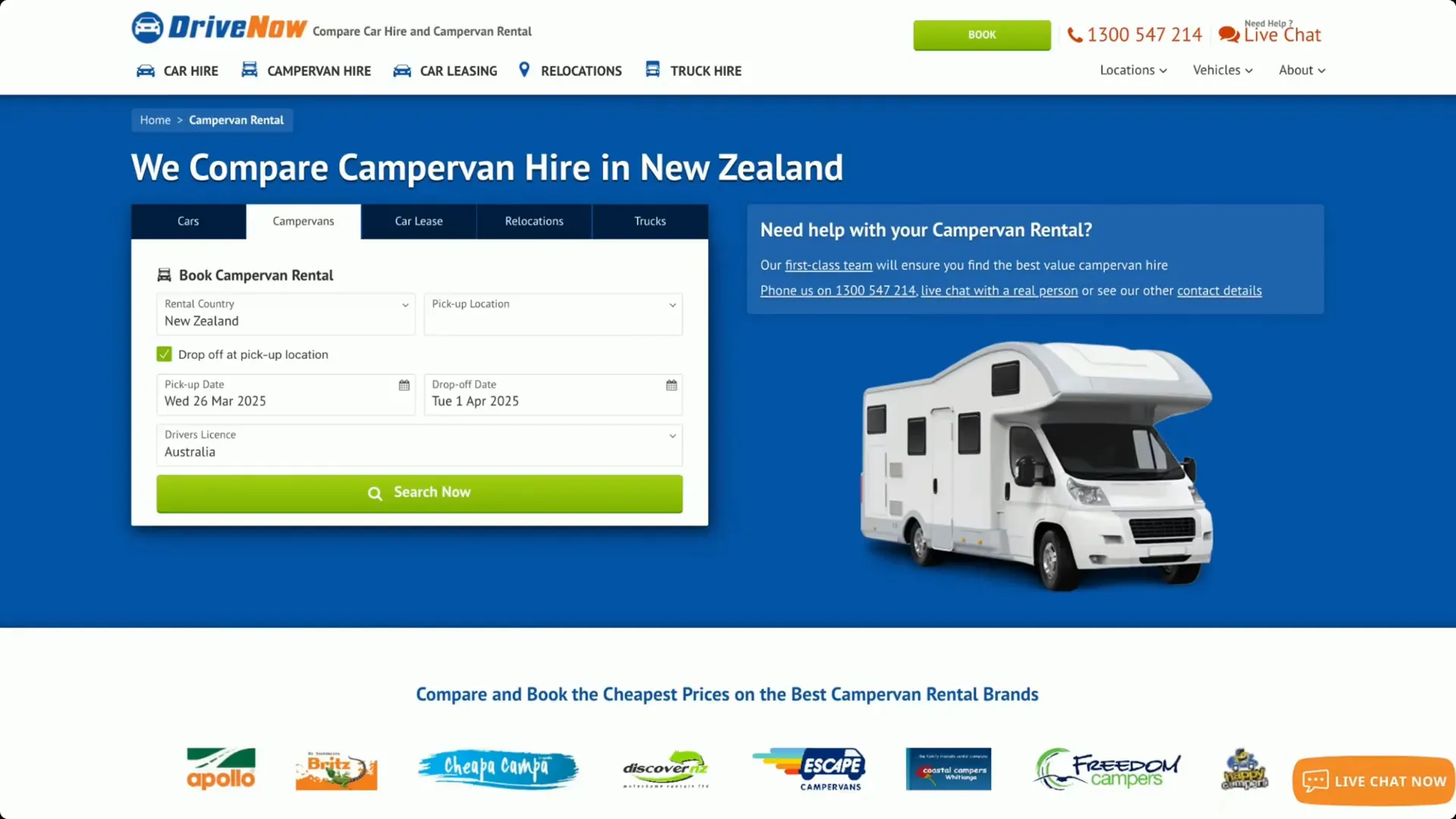
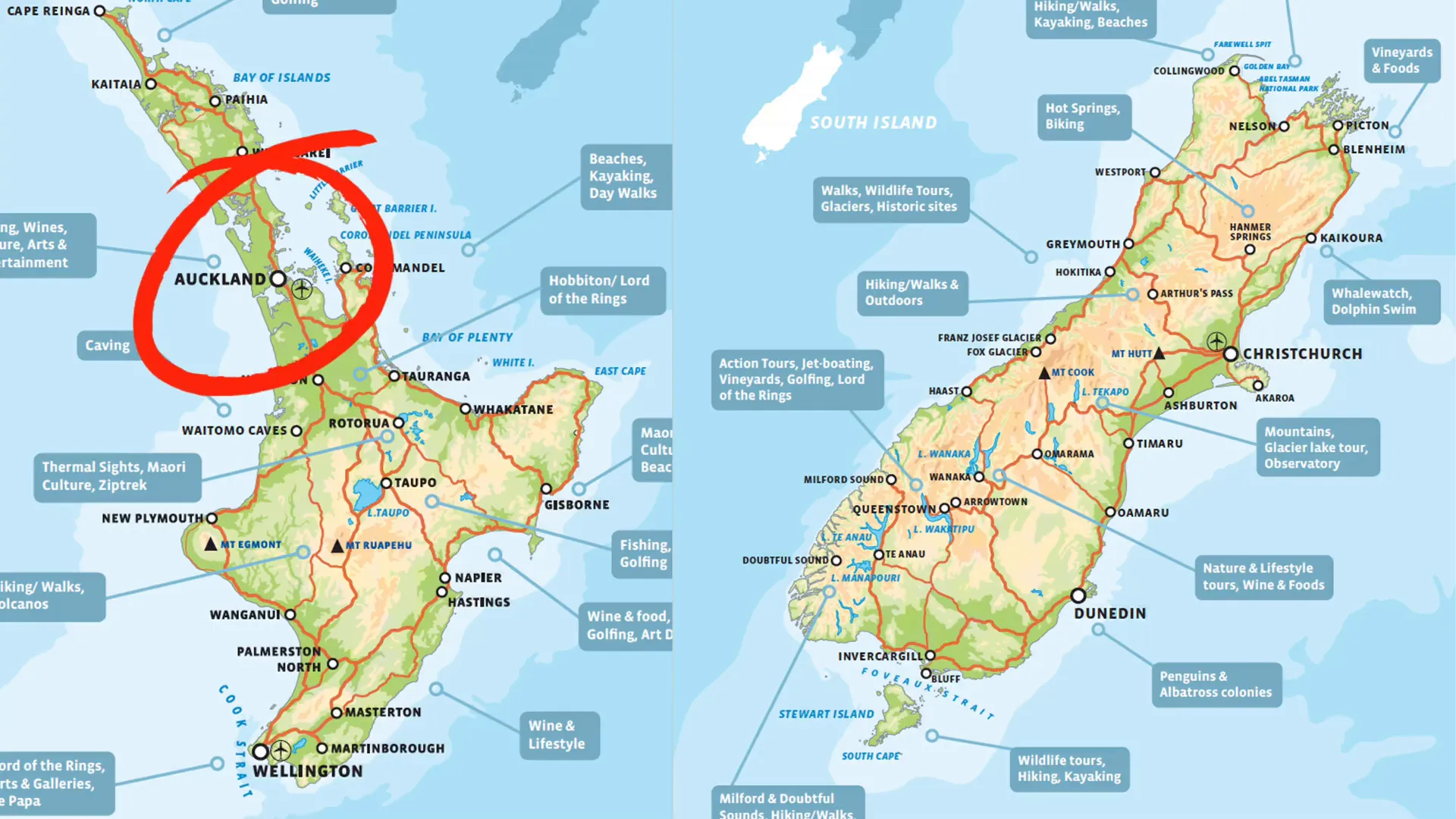
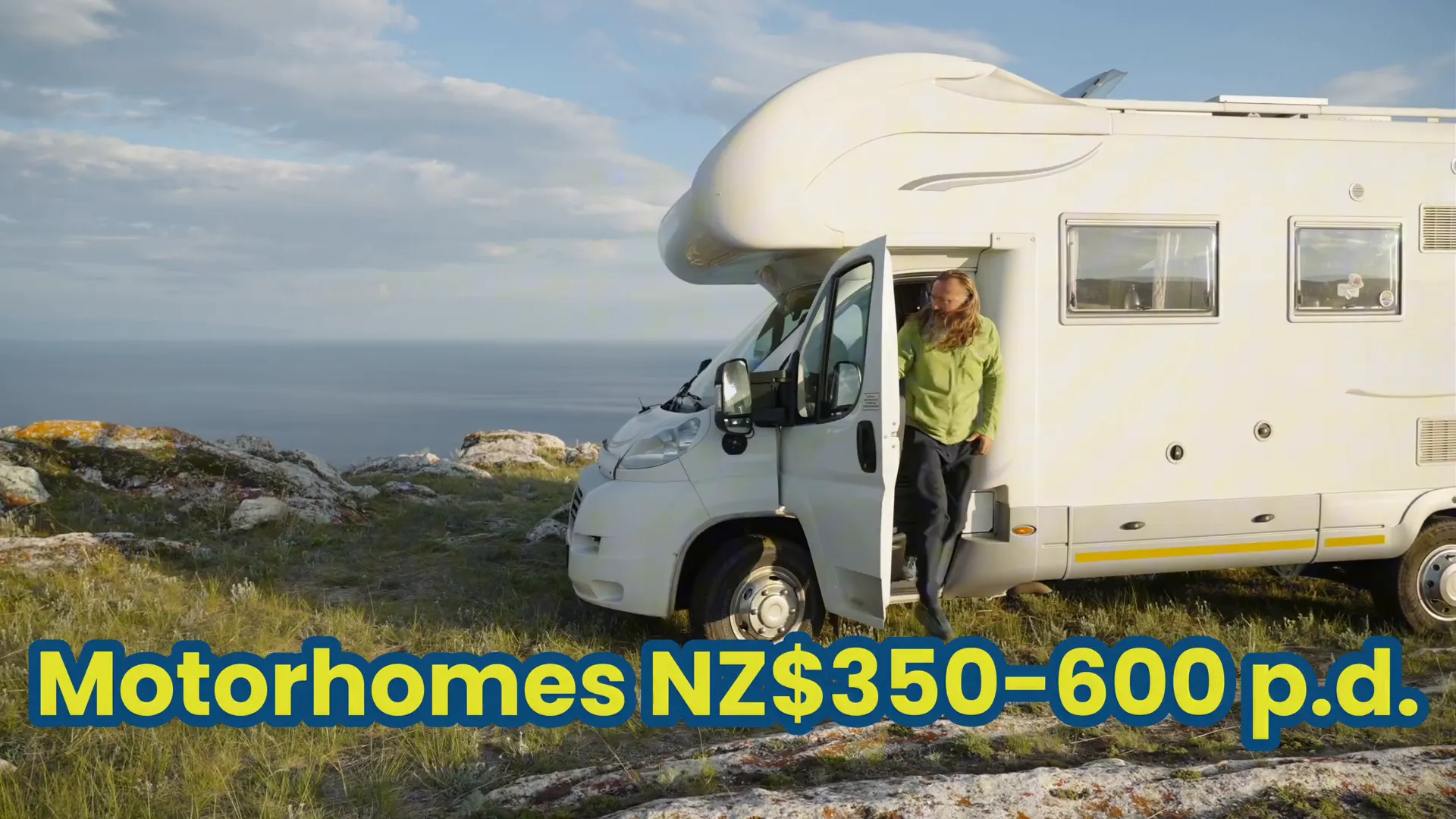
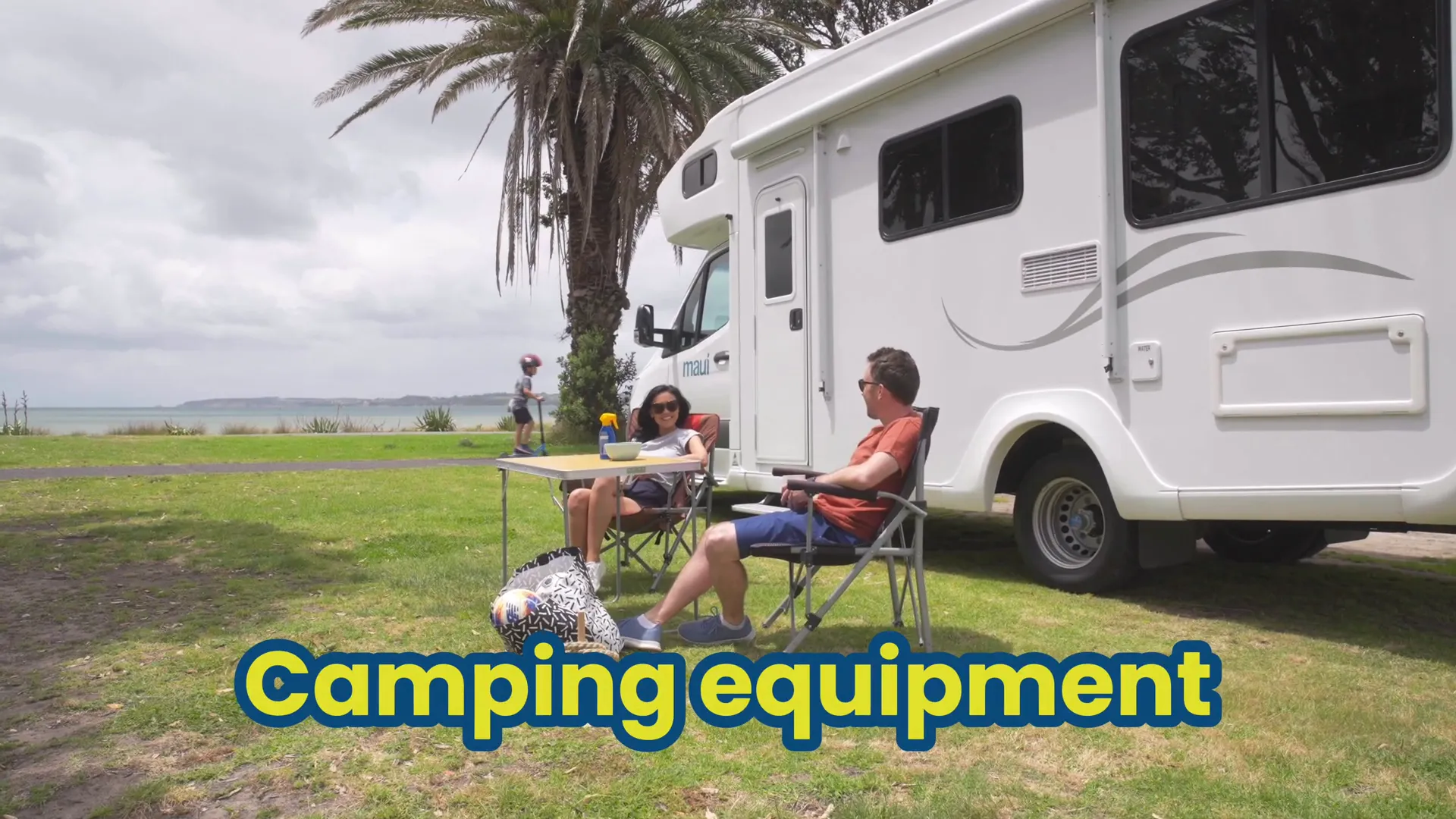
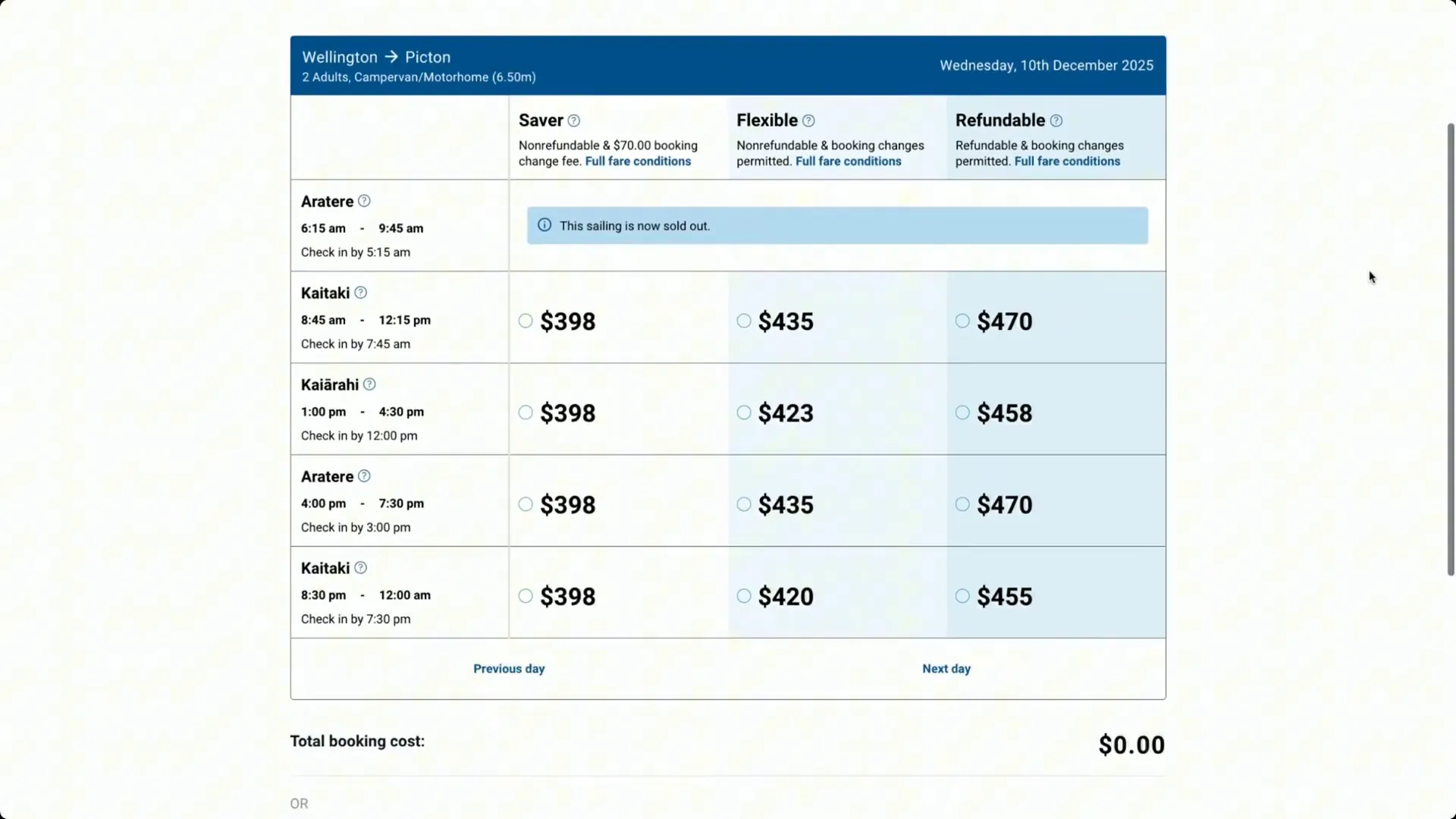
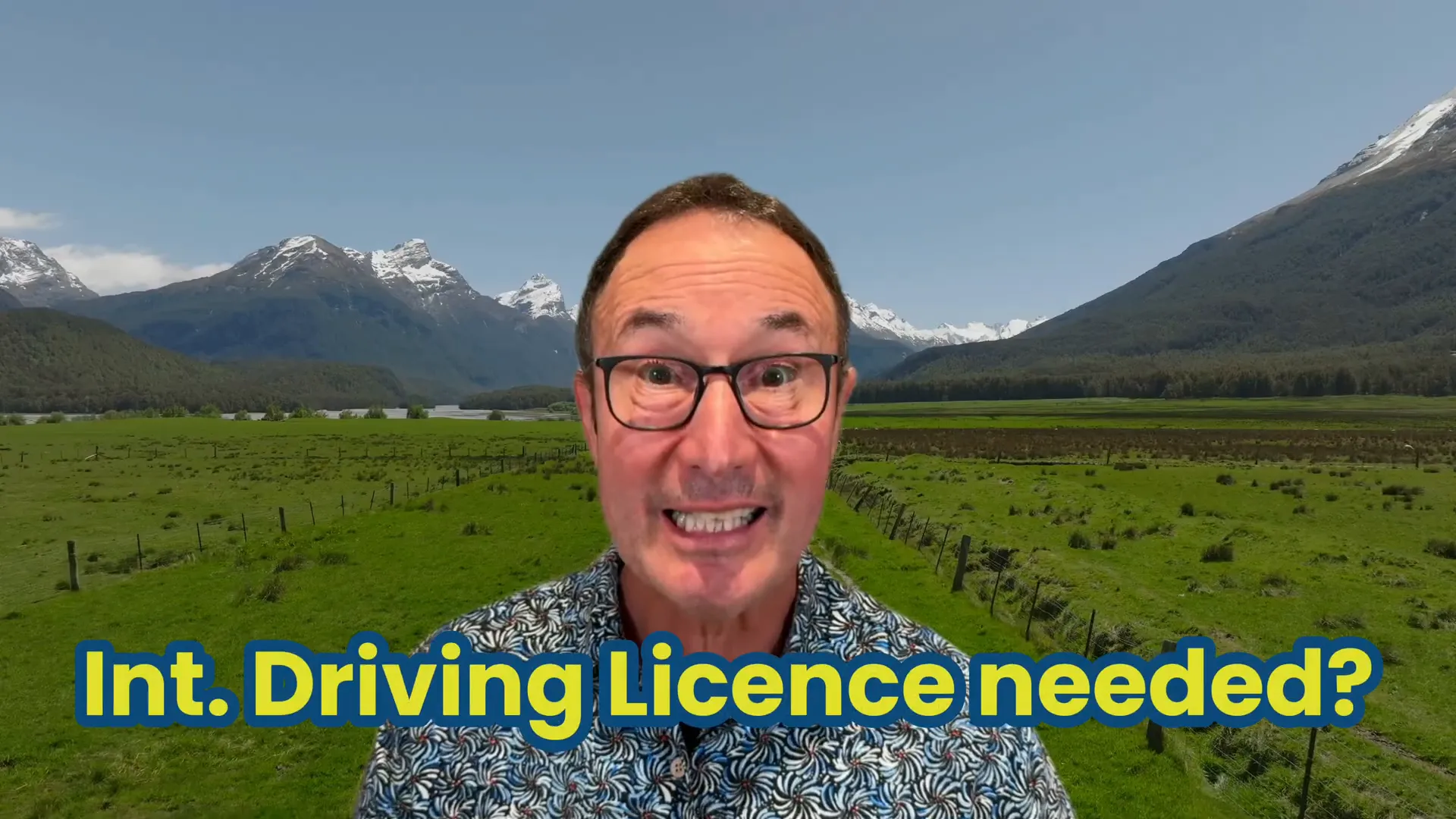
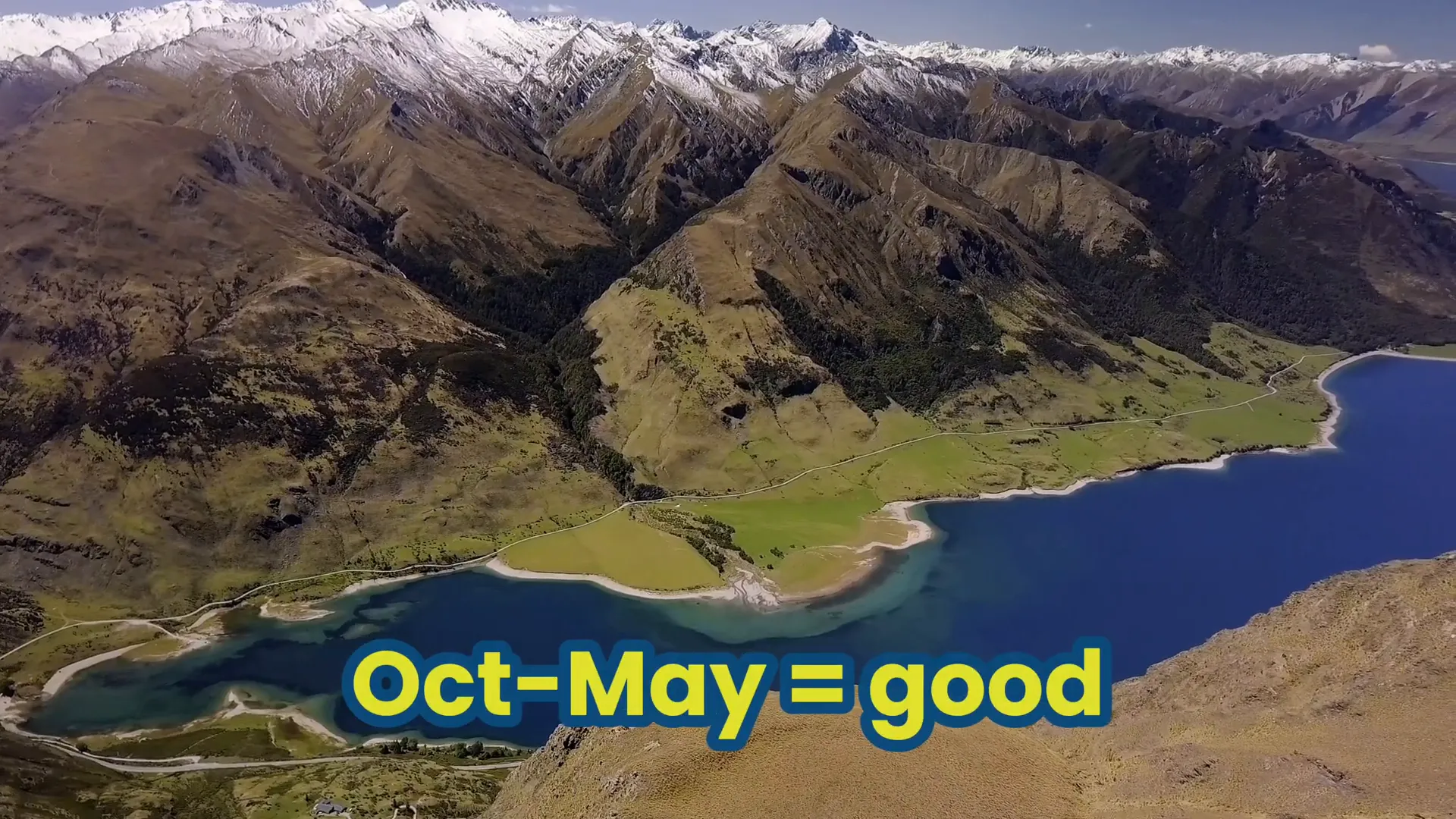
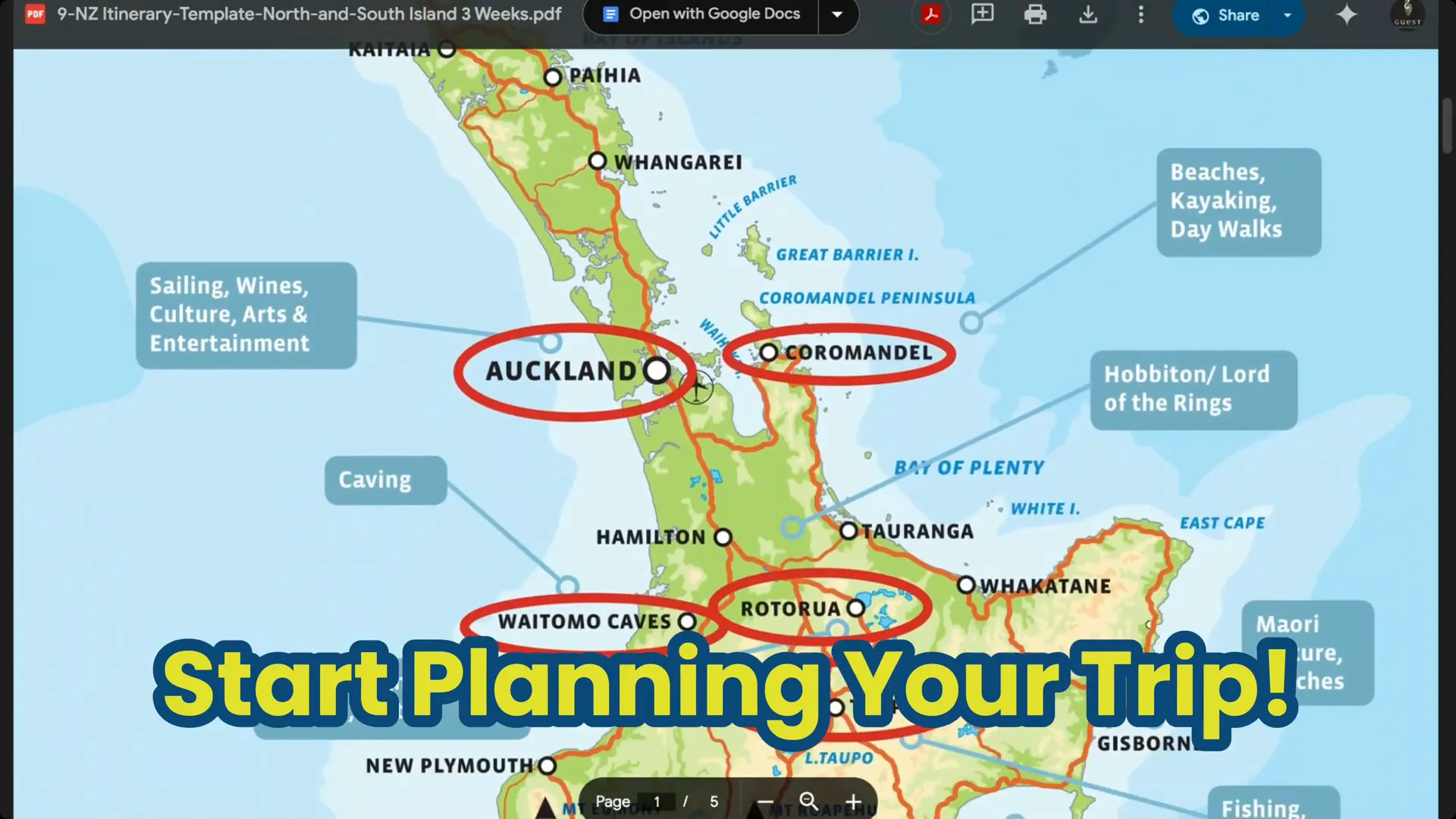
Leave a Reply